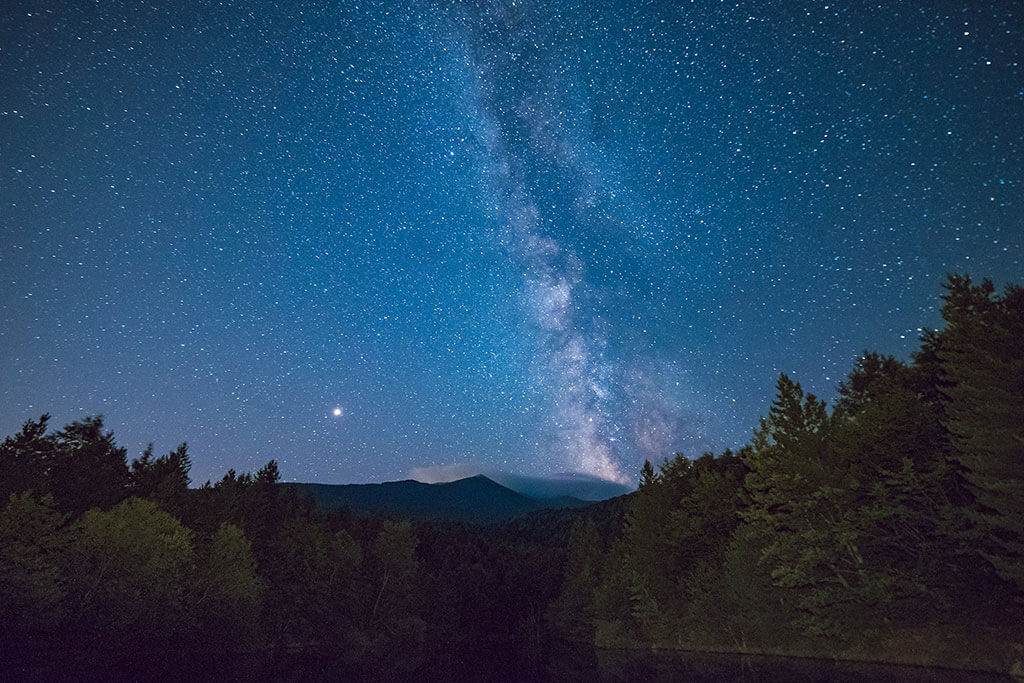
11
May
RASC Mississauga: Earth's Battered Moon
Just like the Earth, the Moon is about 4.5 billion years old. It has been and continues to be constantly bombarded by meteorites. Some suggest that this rate of bombardment has remained constant in the past couple of billion years. The Moon’s surface without any substantial atmosphere or tectonic activity serves as a time capsule, helping us detangle Earth’s history. The only way to see if the bombardment rate has changed is to have an age for every single crater, an extremely difficult task using traditional crater dating methods.

5
July
OSC: International Day of LGBTQ+ People in STEM
Join us as we recognize the first International Pride in STEM day with an afternoon of activities and a Science Slam featuring LGBTQ+ speakers.
At the Ontario Science Centre, we hope that the International Day of LGBTQ+ People in STEM will help create an accepting STEM environment, improve LGBTQ+ visibility and representation in STEM fields while strengthening the community, improve support and resources for LGBTQ+ people in STEM and encourage LGBTQ+ youth to continue with STEM subjects and pursue their dreams.

5
July
Propeller Gallery: Out Of This World - Opening Reception
(with telescopes! weather permitting... and astronomically-themed music from the 17th and 18th centuries)

5
July
The Story Collider: LGBTQ+ in STEM
This July, in celebration of the first international LGBTQ STEM Day, The Story Collider will present five true, personal stories about science from members of the LGBTQ+ community.

8
July
OSC: If She Can See It, She Can Be It
Scientists on Screen: Representations of women in STEM in popular media matter.Scientist Sketches: What does a scientist look like? A scientist looks like YOU!

14
July
Propeller Gallery: Out Of This World - Curators’ Panel Discussion
Join us on Saturday July 14, from 1:30-3:00pm for a Curators’ Panel Discussion: Understanding Astronomical Images, with Paul Delaney, York University.
July 4 - 22 | Out Of This World | Juried Group Exhibition

15
July
Heritage Toronto: Campus & Cosmos: Toronto’s Astronomical Heritage
Discover how Toronto became the “centre of the universe” for astronomical research, education, and public outreach over the last 150+ years. Hear stories of the remarkable individuals, organizations, and institutions in our city that contributed to advancing the field worldwide. No math or science background needed!

19
July
OSC: Conversation with an Astronaut!
Excited about space exploration? Meet Quebec-born Canadian Space Agency astronaut David Saint-Jacques. He’ll be flying to the International Space Station on his first mission “Perspective” on December 20.
Learn about his journey to becoming an astronaut. Find out what it takes to prepare for a mission in outer space. Get to know what sort of scientific experiments he’ll get himself into in zero-gravity during his six and a half months aboard the International Space Station.

21
July
Millennium Square Stargazing Night (NO GO for Saturday)
Everyone is invited to join us and Durham Skies on July 21 for stargazing at the edge of Lake Ontario. Take a free look through different kinds of telescopes (including solar-filtered scopes) to get close-up looks at sunspots, craters on the Moon, brilliant Venus, rosy Mars, giant Jupiter, and Saturn with its rings. Peer deep into space and try your hand at spotting faint star clusters and nebulae. You can even bring your own telescope along and we'll give you expert advice on how to use it better.

21
July
Propeller Gallery: Out Of This World - Artist Talks and Star Party in Lisgar Park
Join us in the gallery at 7:00pm for informal talks by artists about their work. Follow us outside to Lisgar Park across the street when it gets dark - where members of the RASC and York University will set up telescopes.
